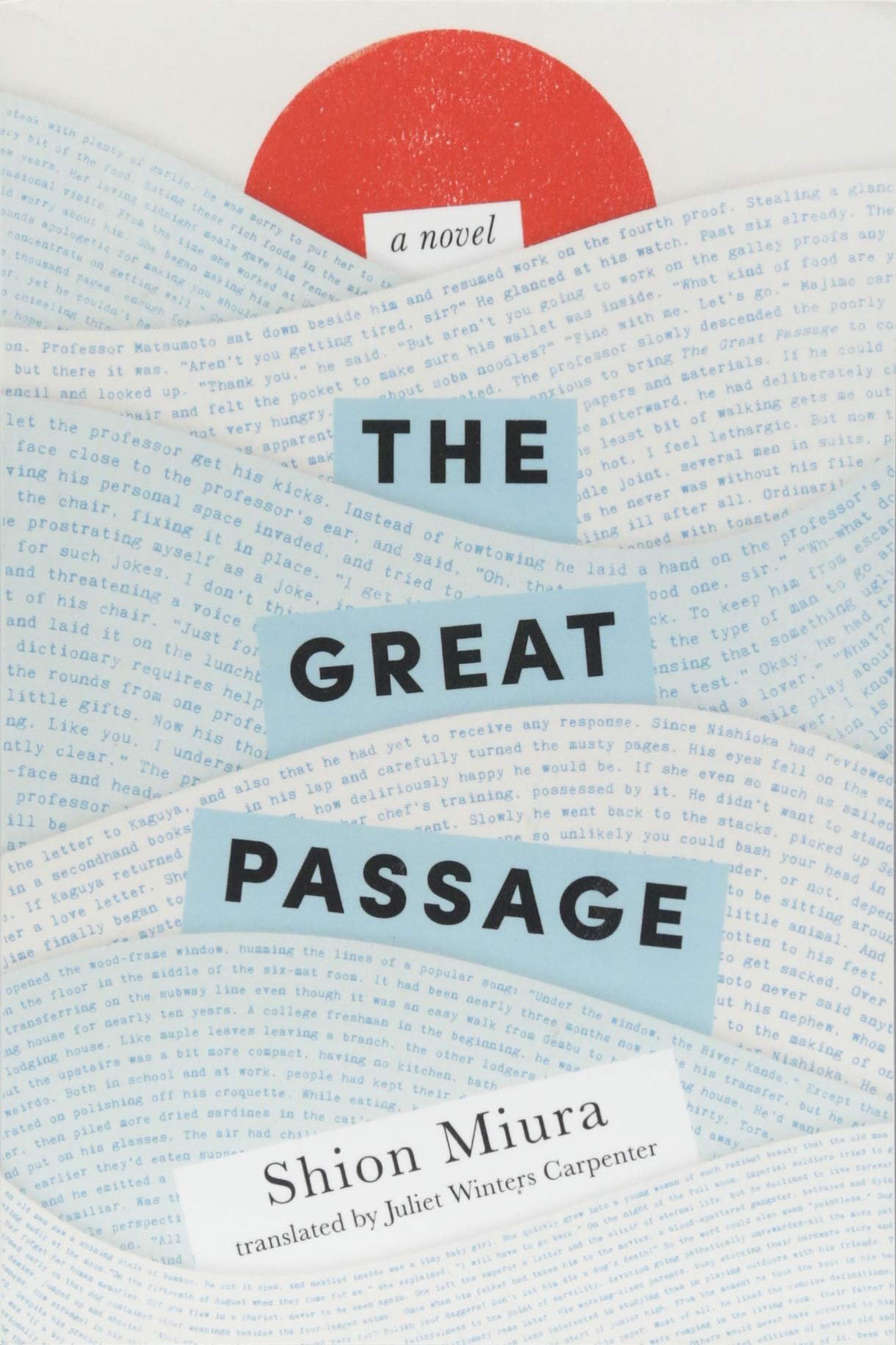Have You Eaten Yet? by Cheuk Kwan (Pegasus Books)
Cheuk Kwan has lived in six different countries and speaks at least six different languages, including several Chinese dialects. Born in Hong Kong without ever having seen the Mainland village that was his family’s home for countless generations, he is a perfect example of the 400 million members of the Chinese diaspora. Haunted by a single question, “Are we defined by our nationality or our ethnicity,” Kwan believes every member of the Chinese diaspora has a common set of values, even if they don’t, as a Chinese Canadian journalist believes they do, “carry that invisible baggage of ancestral China on our backs.” These shared values--”the importance of family ties, a desire for Chinese culture and education, and an underlying love for Chinese food”--can be found living in family-run Chinese restaurants all over the world. To back up his belief, Kwan embarks upon a four-year quest that will take him over 124,000 miles across five continents to make a documentary series, Chinese Restaurants. (Released in 2006, this series can be seen for free on YouTube.)
Have You Eaten Yet? fleshes out what Kwan compressed into fifteen separate episodes and allows him a voiced subjectivity and breadth of experience that would be out of place on television. This book is a combination of travel and cooking literature, with a large helping of history and not a single recipe in sight.
Kwan and his camera men have Hong Kong cuisine as their benchmark and are surprised to find “dim sum to die for” in Trinidad and Tobago, “a classic Cantonese rendition” of whole tilapia in Israel, “a sublime Chinese meal” in Kenya that emerges from a kitchen staffed only by Kenyan cooks. In Mauritius he finds “authentic Hakka cuisine” and Northern Chinese cooking in South Africa. In Madagascar, Madame Chan serves Cantonese dishes that are “impeccable,” even though she herself has never been to China or Hong Kong and there are no Chinese workers in her kitchen.
In the north is where Chinese cooking submits to local flavors. In Saskatchawan, a seasoned restaurateur admits his cafe serves “American Chinese food, not what Chinese people eat, right?” In the Himalayan city of Darjeeling, Kwan tactfully calls his meal “Indo-Chinese…Hakka food adapted to Indian tastes.”
Kwan finds Chinatowns in almost every place he visits but it’s Barrio Chino in Havana that seems to haunt him. Once the largest and richest Chinatown in Latin America, it’s now a tourist destination with no more than 200 inhabitants, almost all of them elderly men. But when Kwan visits the Hong Kong Association and identifies himself as “a Kwan from Gao Gong,” he is thronged by members of his clan, making him remember his grandfather saying that many men from Gao Gong went off to Cuba in the early 1900s. Suddenly, in a Chinatown that’s almost dead, Kwan feels a strong connection to a place he’s never seen. “My grandfather,” he thinks, “would feel proud of me now.”
The old men in Havana still feel they are completely Chinese. In a Brazilian restaurant that makes perfect egg tarts, the owner says “This is our home, while his son adds that he himself is more Brazilian than Chinese. In Peru a restaurant proprietor talls Kwan, “This has never been my own country,” while celebrity cookbook author Ken Hom, born in Tucson and raised in Chicago, felt instantly at home on his first trip to Hong Kong “where everything talked to me,” but now divides his time between the south of France and Thailand. Kwan himself insists “I have six homes: Jiujiang (Gao Gong), Hong Kong, Singapore, Tokyo, Berkeley, and Toronto.” Even so his journey has taught him that he is connected most strongly with the Chinese diaspora, people who retain their Chinese heritage and yet usually find their sense of belonging all over the world.
As for “Chinese food,” Kwan raises his eyebrows more than a trifle. This catchphrase encompasses the “eating habits of more than a billion people,” spread out over “an area four times larger than western Europe.” Can anyone say there is such a thing as “Chinese food” or that “hyphenated Chinese food” is a lesser form of cuisine, he asks.
Have You Eaten Yet? Is enough to make us believe in the idea of one world. John Lennon would have loved this book, and so will you.~Janet Brown









